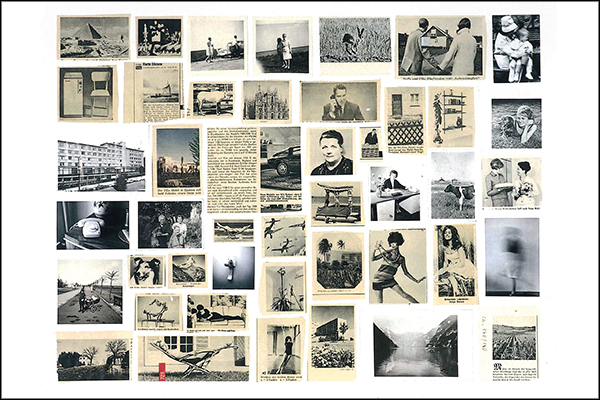Illustrations and associative logic. Short circuits between images of science, art and architecture
DOI:
https://doi.org/10.15168/xy.v1i1.19Abstract
Although the main purpose of scientific illustrations is to facilitate the sharing of information between operators working in environments in which they are widely understood, drawings of conceptual models may also be used in other fields, often with the consequence of generating new, unexpected developments. The power of images to communicate ideas other than the contents for which they were originally designed means that shapes, colours, communicational expedients, diagrams, notes, ideographs, geometric figures and different forms of representation not only “show the visible” but also propose a way of “constructing the possible”. Indeed, images have the power to speak to everyone, regardless of their knowledge of the figurative codes employed. Even when those who “read” the images are familiar with different “iconic languages” and there is a strong risk of misunderstanding, Hans Georg Gadamer teaches us that this does not always lead to negative results but, on the contrary, often paves the way for new interpretations. Images organize our memory and thoughts and enable us to generate multitudes of associations, as demonstrated by Aby Warburg’s exploitation of hermeneutics in the composition of Der Bilderatlas: Mnemosyne. However, the ability to stimulate the power of association is a feature peculiar to the image as images enable us to capture, remember and exploit not only elements of reality but also entire systems of ordering our memories and interacting with reality. Inevitably, when artists or architects endeavor to change perceived reality by producing new images, their creativity is fuelled by other images and ideas. Yet, regardless of the degree of explicitness of the references used in the finished work, the references are understood as a result of the power of association. This is the key to generating new figurative and/or conceptual developments.
References
ANCESCHI, G.,1992. L’oggetto della raffigurazione. Milano: Etas, pp. 272.
BALDACCI, C., 2004. Il duplice volto dell’Atlas di Gerhard Richter. Leitmotiv. 4, 2004, pp. 207‒225. LED on Line. Edizioni Universitarie di Lettere Economia Diritto. [visitato 22 gennaio 2016]. Disponibile da: http://www.ledonline. it/leitmotiv/Allegati/leitmotiv040413.pdf.
BREIDBACH, O., VERCELLONE, F., 2010. Pensare per immagini. Tra scienza e arte. Milano: Bruno Mondadori, pp. 154.
ELKINS, J., 1999. The Domain of Images. Ithaca and London: Cornell University Press, pp. 282.
ELKINS, J., 2009. La storia dell’arte e le immagini che arte non sono. In PINOTTI, A., SOMAINI, A. (a cura di), Teorie dell’Immagine. Milano: Raffaello Cortina Editore, pp. 155‒205.
GLEICK, J., 1987. Chaos. Making a new science. New York: Viking Penguin Inc., pp. 384. TARDITI, G., 2005. Ernst Haeckel e la visione monistica del mondo. Università degli Studi di Genova, Facoltà di Scienze Matematiche, Fisiche e Naturali, a.a. 2004–2005. Pikaia. 2006–2014. [visitato 7 dicembre 2015]. Disponibile da: pikaia.eu/wp-content/uploads/2014/10/181.pdf.


